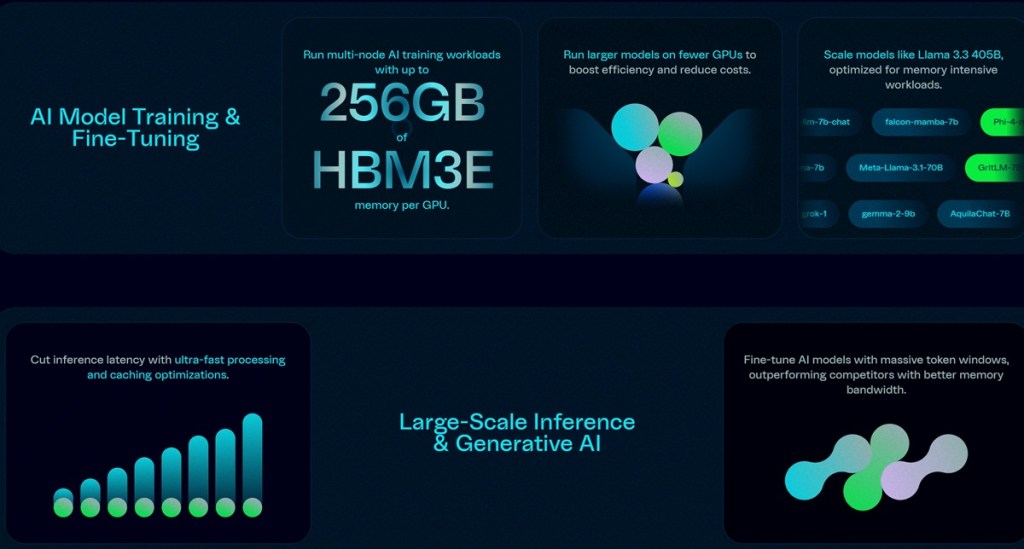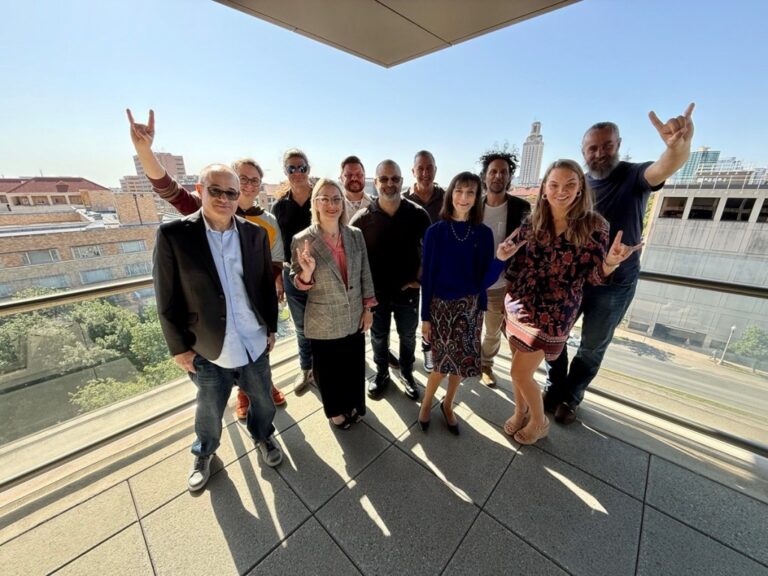
Similar Posts

Unveiling Frames: Runway’s Stunning New AI Image Generator Redefines Cinematic Artistry
Recent advancements in rendering technology are transforming how artists and designers create visuals, enhancing their ability to handle advanced textures, natural lighting, and complex compositions. Modern rendering models feature improved texture rendering for realism, realistic lighting effects for lifelike scenes, and the capability to manage intricate compositions. These technologies offer benefits such as greater creative flexibility, faster project turnaround, and higher-quality outputs, attracting more clients. Overall, these innovations are reshaping the creative landscape, empowering designers to produce visually stunning and technically proficient work. For more insights, visit Creative Bloq for expert advice on rendering techniques.

UT Austin’s Communication School Launches Innovative Karch Gaming Institute
The University of Texas at Austin is establishing the Karch Gaming Institute at the Moody College of Communication to enhance academic offerings in gaming studies. The institute will focus on research and education related to game design, interactive media, and communication strategies. It aims to engage faculty and students in innovative research projects, while fostering partnerships with industry leaders and local communities. The initiative will provide students with specialized courses and career development opportunities in the gaming industry. The university invites participation from students and gaming enthusiasts as it prepares to launch this impactful institute.

OpenAI Takes on DeepSeek: Unveiling Comprehensive Reasoning Traces for the o3-mini
OpenAI has upgraded its AI capabilities with the release of the enhanced o3-mini model, which features improved transparency and a deeper understanding of its decision-making processes. This update allows users to gain insights into the AI’s reasoning, resulting in better problem-solving and more engaging interactions. Compared to competitors like DeepSeek-R1, o3-mini stands out due to its detailed reasoning, adaptability to user feedback, and broader applications across various industries. These advancements signify a promising future for OpenAI, setting new standards in AI transparency and functionality. For more updates on AI technology, visit OpenAI’s official research page.

Top 13 Must-See Innovations, Products, and Services from CES 2025 | The DeanBeat
At a recent technology showcase attended by 6,000 journalists, groundbreaking robotics innovations were highlighted, indicating a transformative future for various industries. Key advancements included healthcare robots for surgeries and patient care, smart home automation robots, and interactive entertainment bots. Notable exhibits featured AI-powered assistants for enhanced user engagement, efficient delivery drones, and social robots aimed at improving interactions. The event underscored the significant role robotics will play in our daily lives, suggesting a shift toward a more automated society. Staying informed about these developments is crucial to understanding their impact on our world.

Cerebras Unleashes Record-Breaking Speed: DeepSeek R1 Outperforms Nvidia GPUs by 57x!
Cerebras Systems has launched the DeepSeek R1-70B AI model on its wafer-scale processor, boasting speeds 57 times faster than traditional GPUs. This innovation positions Cerebras as a strong competitor to Nvidia in the AI chip market. The R1-70B model offers unmatched speed, scalability for large datasets, and energy efficiency, making it ideal for businesses and researchers aiming to enhance AI capabilities. Its introduction is expected to shift the dynamics of AI inference processing, particularly in the U.S. market, by providing superior performance, cost-effectiveness, and future-proof technology.

